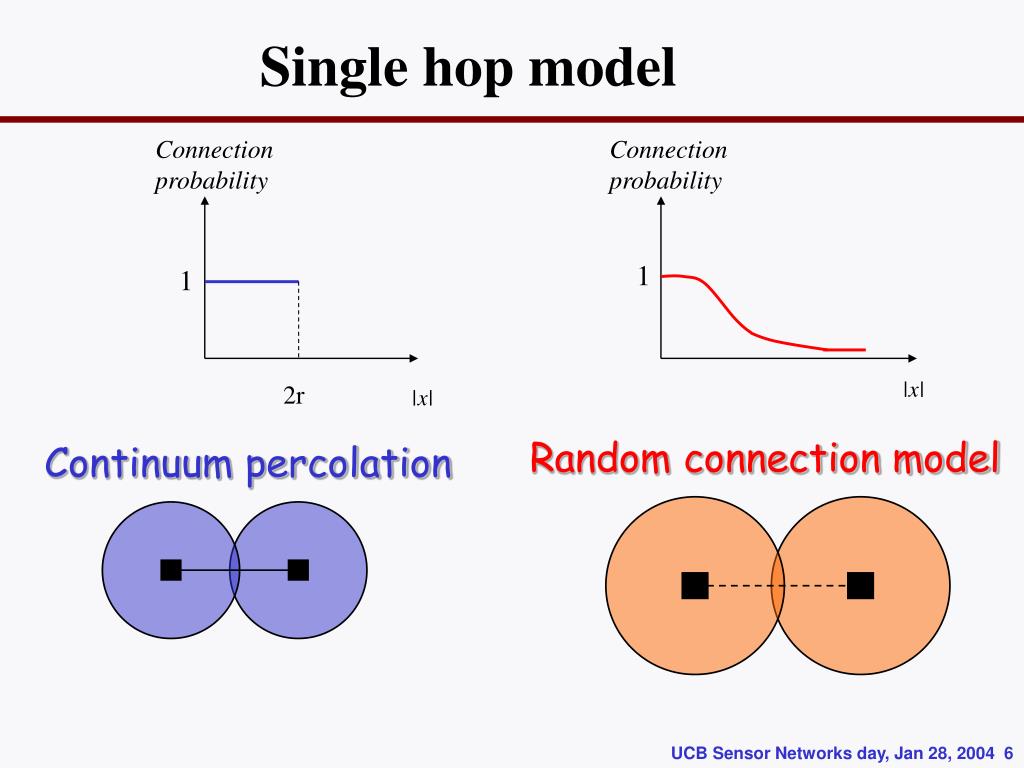
Montgomery’s departure lets the Yankees move Clarke Schmidt or Deivi García into the rotation next year if they’re so inclined. Once he’s healthy, Bader shores up a key defensive area, giving the Yankees a maximum-defense configuration they can go to late in games while also being a league average hitter. Montgomery was something like the fifth or sixth starter (depending on Luis Severino’s health) for the Yankees this year, which meant his playoff role would be small. I particularly like the Bader trade as a clever way to leverage that pitching machine. If you don’t like the Yankees, get used to being annoyed by his funky delivery and inarguable results in endless Sunday Night Baseball matchups.
1 hop percolation free#
Montas, Bader, and Effross aren’t even rentals all will be around next year, and Effross isn’t a free agent until after the 2027 season. They swapped out a metric ton of pitchers who dotted the top of their farm system, and got meaningful upgrades in return. This trade spree is a triumph of the Yankees’ pitching development pipeline. They did it without sacrificing much from the major league club at all the only regulars they sent out were a pitcher displaced by their headline acquisition and an outfielder who lost his job and needed a change of scenery.
1 hop percolation plus#
The Yankees took a roster that has so far trounced the rest of the American League and added a star pitcher, two plus outfielders, and an impact reliever. Life Experience Comparison: You’re handily winning a board game with your friends, but suddenly have an opportunity to pull further ahead. What It Cost: Seven pitching prospects, one hitting prospect, Jordan Montgomery, Joey Gallo What They Got: Frankie Montas, Andrew Benintendi, Harrison Bader, Scott Effross, Clayton Beeter The Padres have pried open a window where they’ll be one of the best teams in baseball for a few years, and while it’s risky, the upside alone makes me like it. Probably not, though – most players don’t become stars. But the prospects they sent out had quite a bit of risk, and the most likely outcome here is that the Nationals end up with two serviceable players but no stars, while the Padres end up with Bell for one October and a Hall of Fame level hitter through 2024.Ĭould one of the Padres prospects have joined Tatis and Machado as an established star in a few years? Sure, yeah, maybe. That’s pretty neat for a team historically treated as a little brother, and it’s especially neat that they’re doing it with an explosion of superstars.Īs for the prospect cost, if you’re the type who likes to add up projected surplus values and compare, the Padres gave up quite a bit. For the next three postseasons, they’re going to be a member of the ruling class of the NL, joining star-studded operations like the Dodgers, Braves, and Mets. I don’t know what the Padres plan to do with Soto long-term, but their best three hitters will stack up favorably to any group in baseball when Fernando Tatis Jr. They even scooped up Drury to replace Luke Voit, the lone healthy everyday player they traded to the Nationals for Soto.

Their closer is now literally Josh Hader, the closer that every team wishes they had, instead of Taylor Rogers, “basically Josh Hader” only if you were a Padres apologist. In doing so, they also turned first base into an asset – Bell represents one of the biggest upgrades any team made at the deadline, though he’s clearly behind Soto in that hierarchy. They acquired the best player who has ever been traded at a deadline, particularly when you consider how far Soto still is from free agency. If you like risk and you like reward, the Padres are the deadline team for you. Now she wants you to pitch it to the head of the company. Life Experience Comparison: Your boss loved your big, bold pitch. What They Got: Juan Soto, Josh Hader, Josh Bell, Brandon Drury, miscellany You can find all of our deadline coverage here. I’ll throw a subjective grade on how much I like the move, and also endeavor to explain the risks around each team’s deadline. In the end, I settled on some broad archetypes. I thought about making each team a “loser (maybe)” for the same reason. I thought about listing each team that made a trade as a winner, with a “maybe” appended to indicate that we don’t know what will happen in the future if you really want to know who won and who lost, check back in October… or maybe in October of 2025. I won’t claim that I’ve re-invented the wheel, but I’ve always thought that those winner/loser columns are too deterministic and don’t leave enough room for nuance.

This year, I’m going to do something slightly different. Oh, wait, actually it means two things: that, and a flood of “who won the trading deadline” articles. It’s the day after the trade deadline, which always means one thing: baseball writers begrudgingly cleaning up their gross, sparkling-water-can-filled workspaces.


 0 kommentar(er)
0 kommentar(er)
